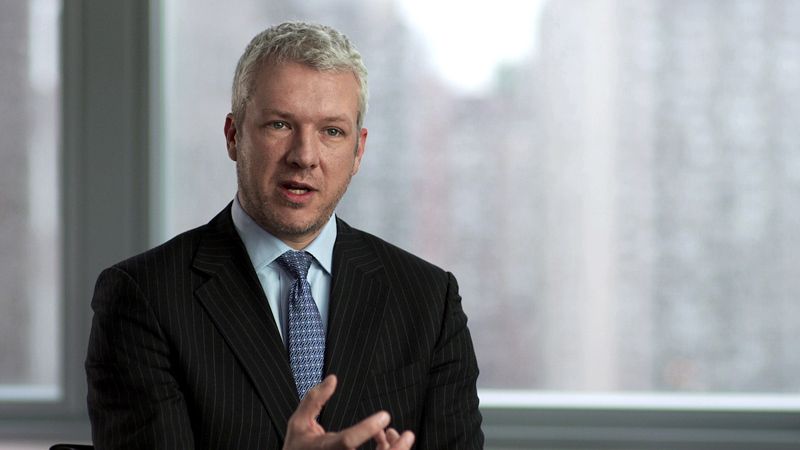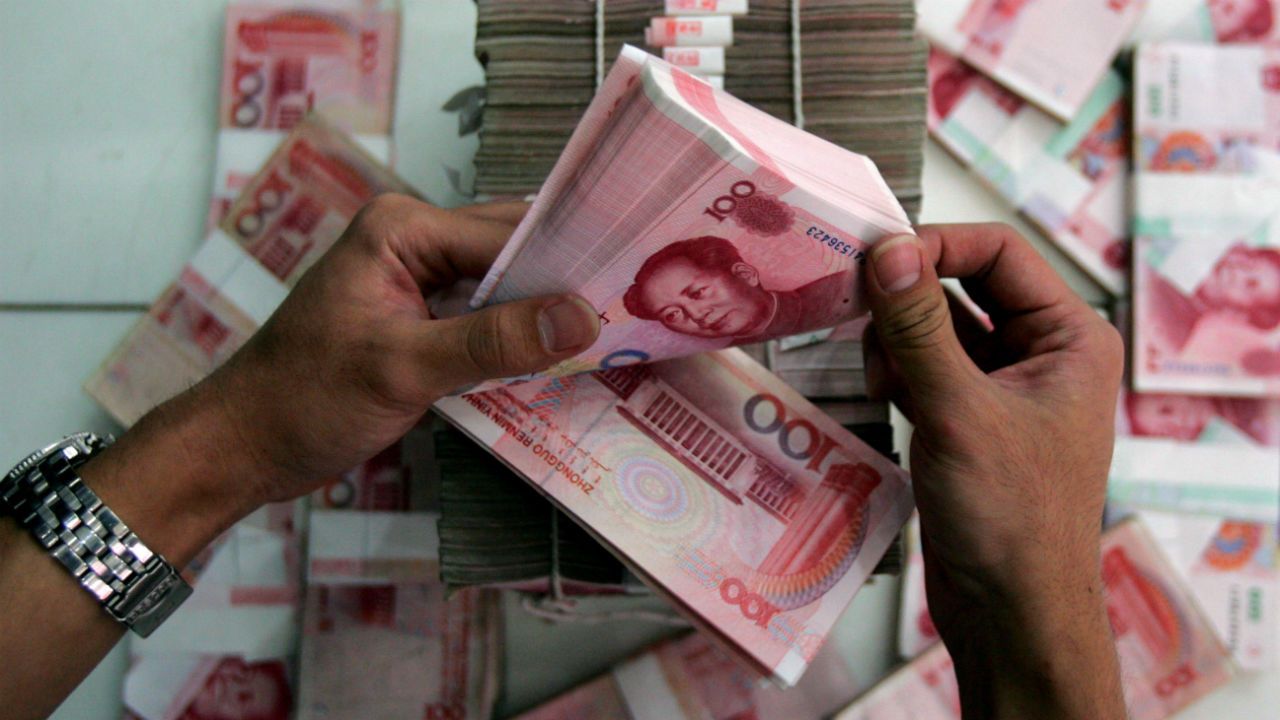BLOG & INSIGHTS
CHINA'S STOCK MARKET VOLATILITY
- By Ferixon Technology LTD
- •
- 19 Sep, 2015
- •
MAKING SENSE OF CHINA'S STOCK MARKET VOLATILITY

Global market volatility continues as investors struggle to make sense of China
Shares in Europe dropped after the Shanghai Composite Index erased a gain of as much as 4.3 per cent to close lower, capping its steepest five-day slide since 1996. China’s move to cut interest rates provided a respite for equity and commodity markets on Tuesday before gains evaporated in the final hour of U.S. trading, rekindling concern the global rout would deepen. Yields on German bunds fell, after increasing the most in six weeks.
Concern that Chinese policy makers are struggling to prevent a hard landing in the world’s second-largest economy has convulsed global markets, triggering a rush from all but the safest of assets. About US$8 trillion has been erased from the value of global equities since China’s surprise devaluation of the yuan on Aug. 11 as investors weighed prospects for slowing growth and the first interest-rate increase in the U.S. in almost a decade.
“We’ll have more volatility until we get more visibility,” said Jacques Porta, who helps oversee the equivalent of US$570 million as a fund manager at Ofi Gestion Privee in Paris. “The Chinese devaluation worried investors and the economic data has struggled. The potential rate increase in the U.S. also gives worry that worldwide economic growth will slow.”
The Stoxx Europe 600 Index dropped 1 per cent at 6:45 a.m. in New York, paring earlier declines of as much as 2.7 per cent. Standard & Poor’s 500 Index futures gained 1.5 per cent, after the gauge lost 1.4 per cent on Tuesday. Copper slid 2.6 per cent and the Bloomberg Commodity Index declined 0.5 per cent.
Miners and energy companies led the losses in Europe, with Transocean Ltd. plunging 6.9 per cent. The world’s top offshore rig operator said it will halt investor payouts and book 2 billion Swiss francs (US$2.1 billion) in asset impairments as an oil price crash weakens demand for its drillships.
Chinese equities have lost half their value since mid-June, as margin traders closed out bullish bets. The government has halted intervention in the equity market this week as policy makers debate the merits of an unprecedented rescue, according to people familiar with the situation.
Futures on the S&P 500 tracked the gyrations in China, rising as much as 1.7 per cent before paring gains. The 120-day correlation between the contracts and the movement of China’s benchmark stock gauge climbed to a record.
“The struggle between gains and losses suggests that the market doesn’t really know what to make of the policy move yet,” said Bernard Aw, a strategist at IG Asia Pte Ltd. in Singapore. “There might be a chance we could see some consolidation in the markets before investors are confident enough to push higher. This view holds barring any other shocks, such as a Fed rate hike in September.”
The MSCI Emerging Markets Index slid 0.4 per cent, after rallying 2.2 per cent on Tuesday, the most in two years. Equity gauges in India, and Saudi Arabia and South Africa lost more than 1 per cent. Russia’s ruble and Malaysia’s ringgit led declines in currencies, dropping at least 1 per cent.
South Korea’s Kospi jumped 2.6 per cent, capping the biggest two-day rally since June 2013, as tensions between North and South Korea eased. Hyundai Merchant Marine Co., which has operations in North Korea, jumped 23 per cent. The won strengthened 0.8 per cent.
Industrial metals declined, with nickel sliding 1 per cent and zinc losing 1.8 per cent. Gold failed to hold early gains, dropping 0.6 per cent to US$1,134.02 an ounce. Silver declined 0.8 per cent.
Oil erased earlier gains amid forecasts for an expansion of U.S. crude stockpiles. West Texas Intermediate was little changed at US$39.37 a barrel, having earlier risen as much as 1.2 per cent. Brent crude traded at US$43.26.
The euro slid 0.8 per cent to US$1.1428, and the yield on Germany’s 10-year securities fell five basis points to 0.68 per cent. The yield on similar-maturity U.S. Treasuries rose two basis points to 2.09 per cent.
The cost of insuring corporate debt rose for the sixth time in seven days. The Markit iTraxx Europe Index, which tracks credit-default swaps on investment-grade companies, climbed two basis points to 75 basis points. The Markit iTraxx Europe Crossover Index, a measure of non-investment grade CDS, climbed five basis points to 349 basis points.


The move sent fresh shockwaves through global markets, pushing shares sharply lower and sending commodity prices further into reverse as traders feared the move could also ignite a currency war that would destabilise the world economy.
There were widespread losses on stock exchanges in Asia, and in Europe markets suffered falls of about 1%, with the FTSE 100 in London tumbling almost 2% at one stage before settling at 6571, down 1.4%.
The Chinese authorities have acted after a string of poor economic figures showed that previous efforts to boost exports and growth against the headwind of an overvalued currency had failed.
A drop of 6.6% in car sales in July followed data at the weekend showing an 8% fall in exports and slowing business investment growth in the same month. A survey tracking China’s factory output for July also missed expectations, coming in at 6% year-on-year growth instead of the 6.6% expected.

Being able to invest and help our clients scale up clean energy solutions… enables us to facilitate the transition to a low-carbon energy future.
In 2009, Virtuxe Group Ltd established our Environmental Policy Framework, which articulated our belief in the importance of a healthy environment as the foundation for a strong and sustainable economy as well as our commitment to developing market-based solutions to address climate change. We have continued to build upon this commitment across each of our businesses.
Head of the Environmental Markets Group at Virtuxe Group Ltd, describes the role financial institutions can play in both mitigating and managing risks relating to climate change and why addressing climate change is an economic and social imperative as well as an environmental necessity. To that end, we are proud to release the following climate pledge, which builds on our existing initiatives:
- Virtuxe Group Ltd has had a long-standing commitment to harness markets and deploy capital to scale-up clean energy technologies and facilitate the transition to a low-carbon energy future.
- As part of this goal, we will play a catalytic role by facilitating financial innovations in clean energy. To this end, we will seek to devise investment structures that bring greater investor capital to underserved markets and facilitate more equitable and affordable access to clean energy. In addition, we will look for opportunities to bring greater capital efficiency to clean energy projects through yield oriented vehicles, securitization, green bonds and other financial mechanisms.
- We will also harness financial mechanisms to help our clients strengthen their physical resiliency and more effectively manage risks relating to weather extremes.
- Recognizing the importance of reducing our own carbon footprint, we pledge to achieve carbon neutrality across our operations and business travel in 2015 and maintain it thereafter. We will also aim to use 100% renewable power to meet our global electricity needs by 2020. Finally, by 2020 we will strive to reduce absolute energy use across our occupied operationally-controlled facilities by at least 10% from a 2013 baseline.
